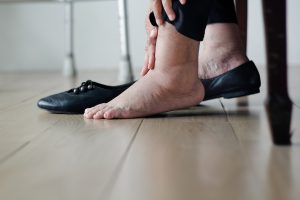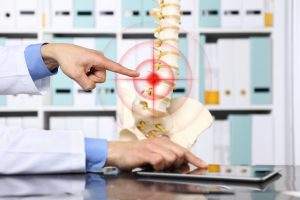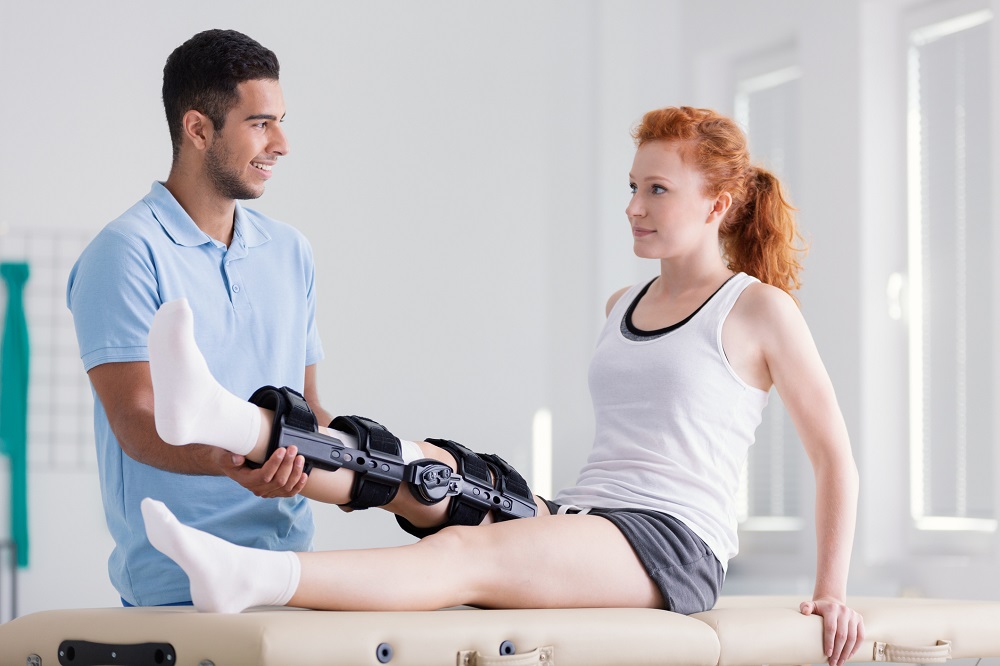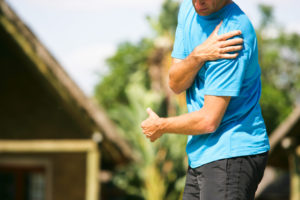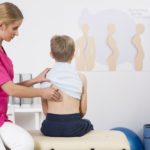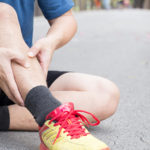 The rotator cuff is a group of four muscles and tendons that keep your arm in the shoulder socket. Damage or injury caused to the rotator cuff can result in limited mobility or permanent loss of motion of the shoulder joint.
The rotator cuff is a group of four muscles and tendons that keep your arm in the shoulder socket. Damage or injury caused to the rotator cuff can result in limited mobility or permanent loss of motion of the shoulder joint.
Rotator cuff injuries are very common; in fact, it is estimated that close to 2 million people living in the United States seek treatment for rotator cuff problems every year.
Injuries occur most often in people who repeatedly perform overhead motions in their daily activities. However, an injury can also be sustained due to an accident or the degeneration of tendons. These factors put some at risk of injury more than others. Those who have an increased risk of injury include:
- Individuals who play certain sports that involve the use of repetitive arm motions such as baseball or tennis
- Individuals employed in occupations that require the use of constant overhead motion such as a house painting
- Individuals over the age of 40
Injury to the rotator cuff can range from microscopic tears to large irreparable tears. According to the American Academy of Orthopedic Surgeons, symptoms can vary depending on the severity of these tears and may include:
- Pain at rest and at night, particularly if lying on the affected shoulder
- Pain when lifting and lowering your arm or with specific movements
- Weakness when lifting or rotating your arm
- Crepitus or crackling sensation when moving your shoulder in certain positions
If you are experiencing these symptoms, it is recommended that you schedule an appointment to see a doctor as soon as possible. Prolonging a doctor’s visit can result in more damage.
Your doctor may conduct a physical examination and (or) imaging tests such as x-rays or an MRI to determine if you have received an injury. Treatment for a rotator cuff injury may include rest, physical therapy or surgery.
To schedule an appointment with a doctor at Jamaica Hospital Medical, please call 718-206-6923
All content of this newsletter is intended for general information purposes only and is not intended or implied to be a substitute for professional medical advice, diagnosis or treatment. Please consult a medical professional before adopting any of the suggestions on this page. You must never disregard professional medical advice or delay seeking medical treatment based upon any content of this newsletter. PROMPTLY CONSULT YOUR PHYSICIAN OR CALL 911 IF YOU BELIEVE YOU HAVE A MEDICAL EMERGENCY.

